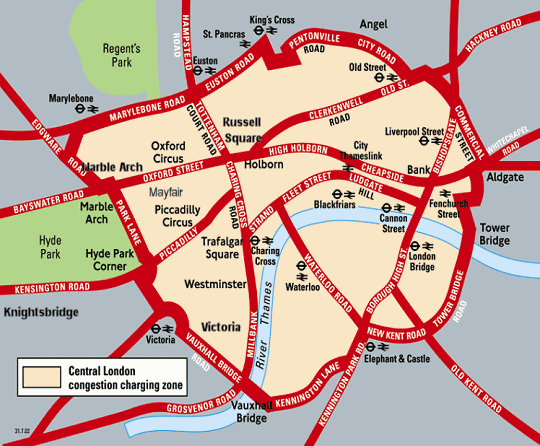In 2007, the Densification Task Team was charged by the Planning and Environment Portfolio Committee (PEPCO) to supervise the project of the densification strategy of the city of Cape Town. Afterwards the draft of the strategy was approved by PEPCO in 2009 along with comments from other stakeholders such as the Planning and Environment, Housing, Finance, Utility Services and Transport, Roads and Storm Water Portfolio Committees. In addition, in 2010 the draft of densification strategy was given for public comments and discussion the result of which had been included into a final report. As a result, the City of Cape Town’s Densification Policy came into effect on February 29, 2012.
Efficiency and sustainability along with the improvement of quality of construction are key aims of the densification policy. It encourages businesses and residents to utilize the space optimally, so it requires a minimum of 25 dwelling units per hectare across the city as a whole in the next 20 – 30 years. In order to give incentives to take part in a densification plan, the city offers municipal tax rebates in higher densification development districts.
Coverage
The densification strategy includes all areas of the city, but a “one size fits all” approach is not applied. However, a significant level of densification is promoted in areas with high traffic congestion and accessibility, commercial developments, social civility, and coastal nodes. Also, a small scale densification is allowed if it is relevant in terms of infrastructure accessibility.
Densification Strategy will be implemented following next steps:
- “ The construction of attached/detached second dwellings including the changing of non-residential buildings, or parts of buildings, to residential buildings (eg garages);
- The increasing of existing bulk rights through the extension of the building or adding on of floors to accommodate an increased number of units;
- Block consolidation of erven with redevelopment at higher densities;
- Subdivision of land and redevelopment at higher densities;
- Consolidation with re-development at higher-densities including the demolition and integration of existing structures;
- Higher density infill on vacant and under- utilized land throughout the built area of the city;
- Consolidation of sites within a street block to create a single larger parcel for redevelopment into multi-storey units”, source “http://www.capetown.gov.za”.
According to the Cape Town Densification Policy, distributional effect of its implementation will be taken into consideration while making proposals as realization of the densification strategy. As a result, a policy paper contains the points that need to be taken into account, so it points out,
“The affordability of the product and the compatibility of the intended market and/or product with the surrounding local communities require consideration. Consideration should be given to the fact that multistorey developments in low-income areas have not had a good track record, as they have become associated with negative social impacts.”
In order to encourage densification next mechanisms are used:
- “Municipal tax rebates in areas targeted for higher-density development
- Increased developer contributions/levies”, source “”
As a result, according to the text of the densification policy, as an implementation of the policy Rates Policy and Developer Contribution Policy need to be done. It has been only one year since Densification Strategy came into effect; therefore, in this step it is early to generalize the finding because as I understood it distributional impacts on poor and wealth are still in implementation. However, it is mentioned that it will have less impact on a social class since they will not incur the commuting cost from travelling from long destinations. And, also affordable housing programmes are considered by the government.
To sum up, I would say that the Densification Strategy city of Cape Town is a positive initiation. Even though, I cannot draw any evidence on facts that show its implementation, taking into account that Cape Town is known for its tourism and diverse nature, it would have a positive impact on city’s surrounding. In practice it is known that such kind of policies lead to segregation of the population of the city to poor and wealth because a social class may not afford living in a city due to expense of housing while wealth enjoy it more. However, a municipal government takes into account probability of inequality, and it is well –known that every innovative initiation has its advantages and disadvantages; therefore, I conclude that there will be controversies on this strategy afterwards, and it will be shown by time later.
References:
http://www.capetown.gov.za/en/sdf/Pages/CityofCTadoptsDensificationPolicy.aspx




